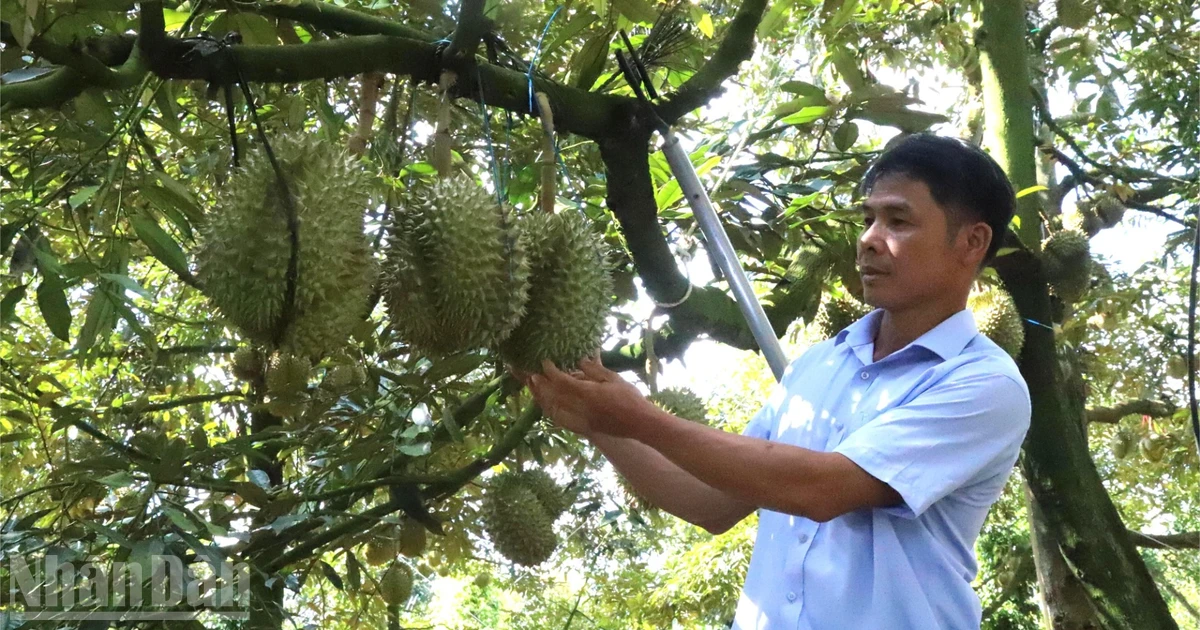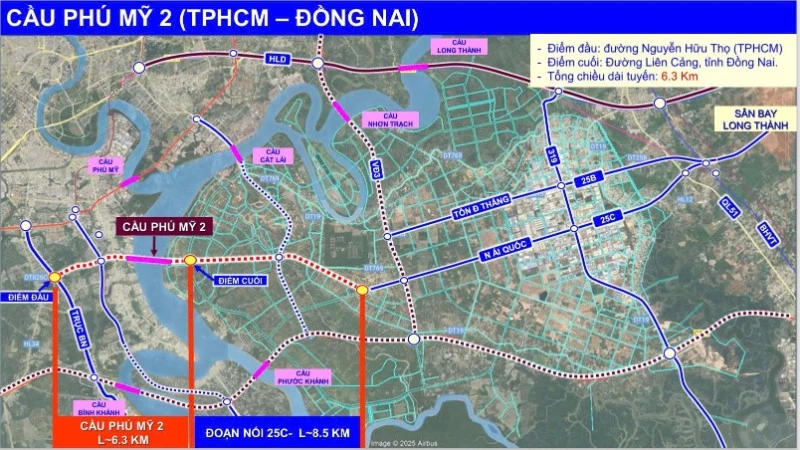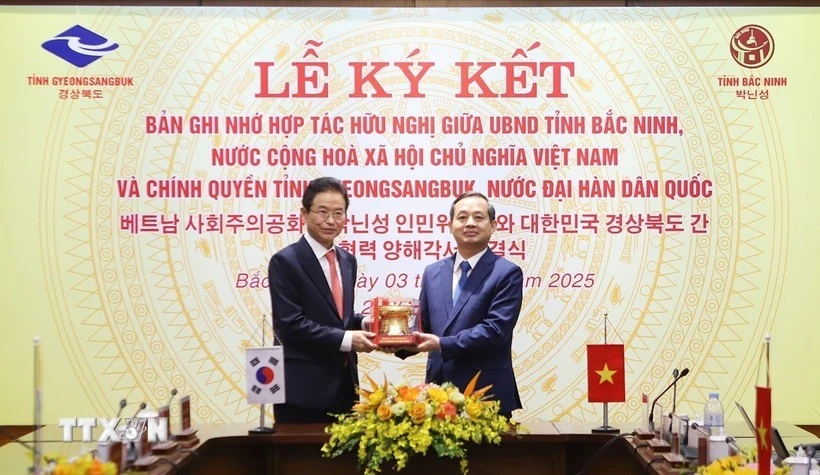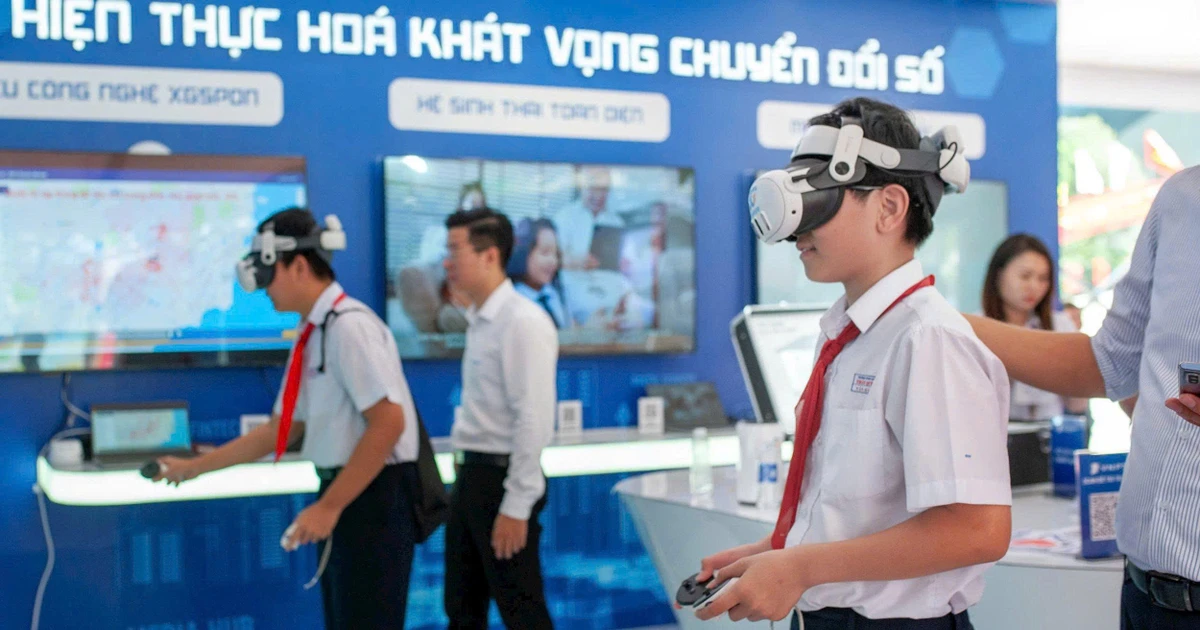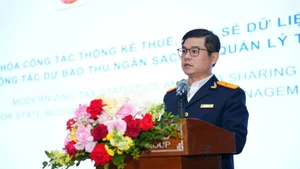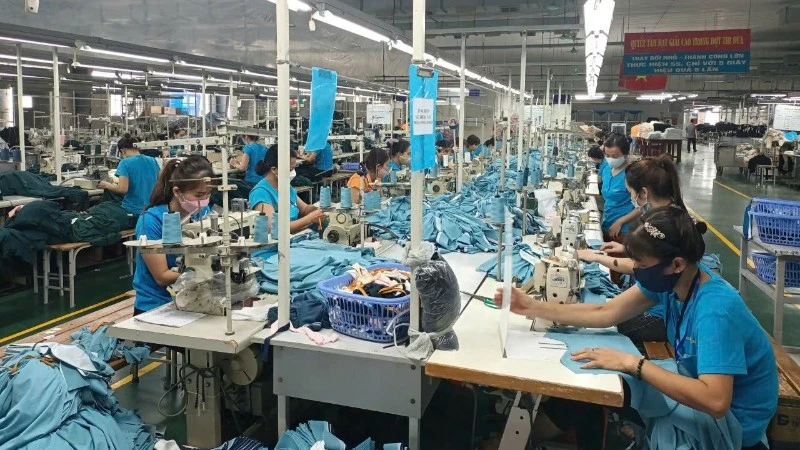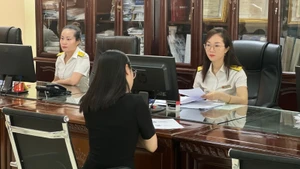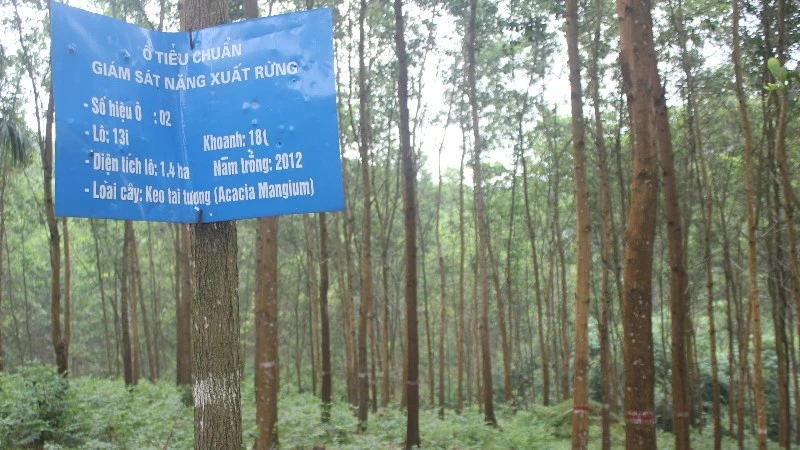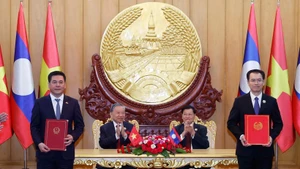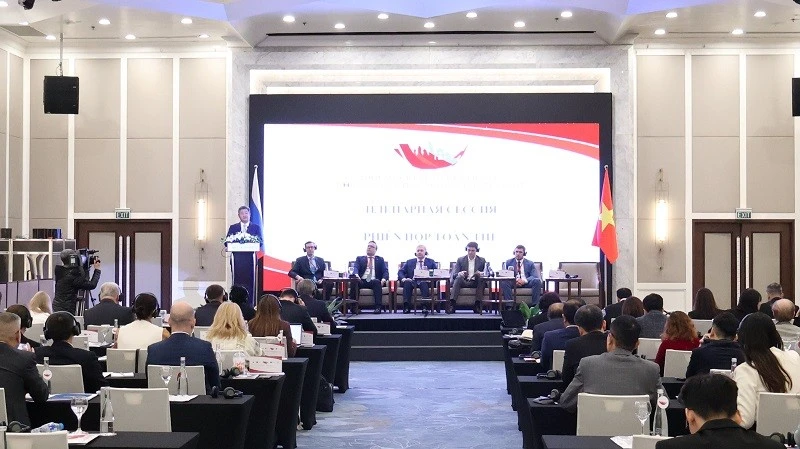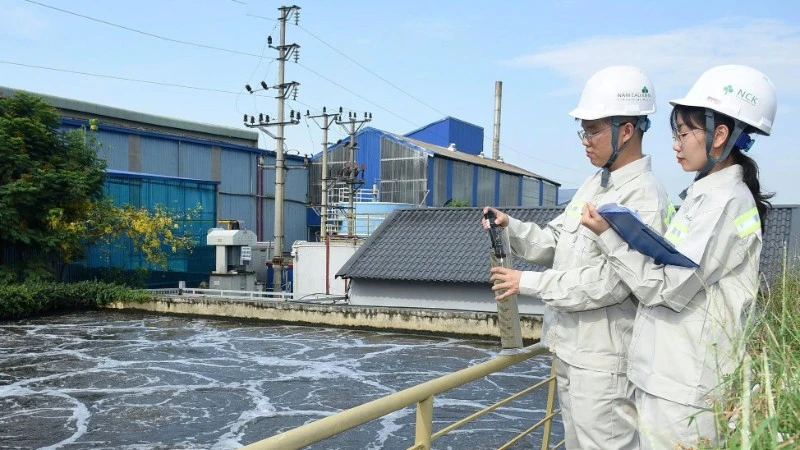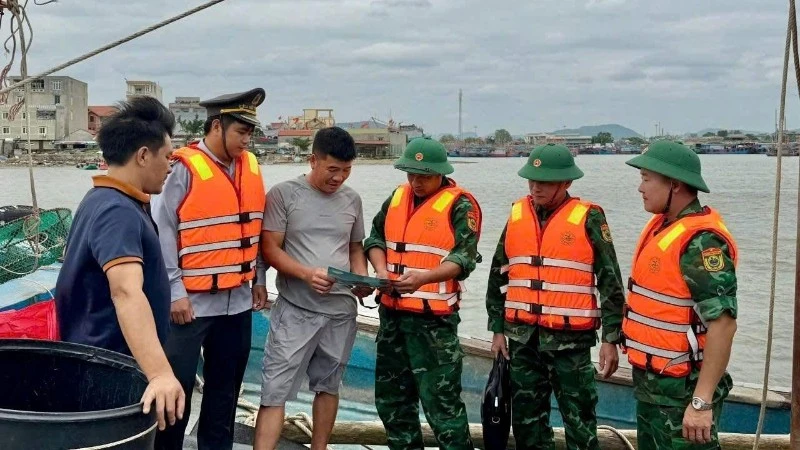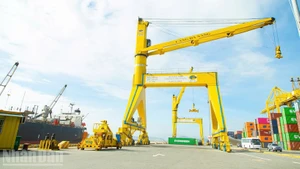The Ministry of Construction has officially issued Decision No. 1922/QD-BXD approving the detailed master plan for the development of land and water areas of Ba Ria–Vung Tau’s seaports for the 2021–2030 period, with a vision to 2050. This strategic step aims to elevate the regional port system, targeting a maximum cargo throughput of nearly 237 million tonnes and mobilising an impressive investment capital of 81.841 trillion VND.
Ambitious targets for 2030
According to the newly approved plan, Ba Ria–Vung Tau’s seaport system, which includes key terminals such as Thi Vai, Cai Mep, Long Son, Dinh River, Sao Mai–Ben Dinh, the Vung Tau International Passenger Terminal, Con Dao Terminal, and offshore oil and gas ports, has set ambitious development goals.
Cargo throughput: The total volume is projected to reach between 215.0 million and 236.9 million tonnes. Container cargo alone is expected to range from 16.25 to 18.25 million TEUs (excluding international transshipment containers).
Passenger throughput: The ports aim to handle between 2.67 million and 2.89 million passengers, of which the Vung Tau International Passenger Terminal alone is projected to serve between 1.39 million and 1.50 million passengers.
Infrastructure development: The port system will comprise a total of 60 terminals, with 117 to 123 main wharves, extending a combined length of between 28,948 and 30,823 metres.
Vision to 2050 and upgrading of super-sized vessel channels
The master plan envisions that by 2050, Ba Ria–Vung Tau’s seaports will continue expanding with new terminals, sustaining an average annual cargo growth rate of approximately 3.5–3.8%.
In particular, the Cai Mep Ha terminal area is planned for large-scale development, featuring 17 wharves, while the downstream Cai Mep Ha area is expected to expand to 33 wharves to meet the growing demand for cargo handling—especially international container transshipment.
To achieve these objectives, the public maritime infrastructure will be comprehensively upgraded:
The Vung Tau–Thi Vai shipping channel will be improved, with the section from buoy “0” to the upstream of Cai Mep International Terminal (CMIT) upgraded to accommodate vessels up to 200,000 tonnes/18,000 TEUs (lightened) or larger.
Authorities responsible for planning are tasked with studying and investing in transforming the Vung Tau–Thi Vai route into a dual-lane channel capable of receiving vessels up to 250,000 tonnes/24,000 TEUs.
The total investment demand for Ba Ria–Vung Tau’s seaport system by 2030 is estimated at 81.841 trillion VND, including 5.131 trillion VND for public maritime infrastructure and 76.710 trillion VND for commercial cargo handling terminals.
Priority projects include: expanding the S-curve section of the Cai Mep–Thi Vai channel; investing in maritime safety infrastructure (VTS systems and storm shelter anchorages); and developing terminals in the Cai Mep Ha area and the Vung Tau International Passenger Terminal.
The Ministry of Construction’s plan identifies several priority directions: Mechanisms and Policies: Encourage simultaneous investment in industrial zones and clusters alongside port infrastructure. Continue refining the “open port” policy at Cai Mep–Thi Vai to enhance operational efficiency and attractiveness for shipping lines. Capital Mobilisation: Improve mechanisms to diversify domestic and foreign investment sources and promote investment socialisation. Technology and Environment: Foster digital technology adoption, digital transformation, and prioritise the development of “green ports” and “smart ports”. The “green port” criterion will serve as one of the key factors in selecting investors.
The Decision assigns the Viet Nam Maritime Administration and the Viet Nam Inland Waterways Administration to lead in publicising, monitoring and inspecting the plan’s implementation, while coordinating with the Ho Chi Minh City People’s Committee to update local plans, manage land resources, and ensure synchronised development between ports and connecting infrastructure.
Grounded in key legal frameworks such as the Law on Planning and the Prime Minister’s decisions on the master plan for Viet Nam’s seaport system, this approval is expected to create strong momentum, transforming Ba Ria–Vung Tau’s seaport network into a modern and efficient international logistics hub.

